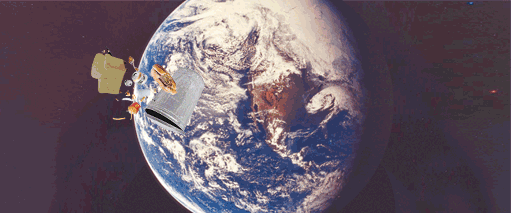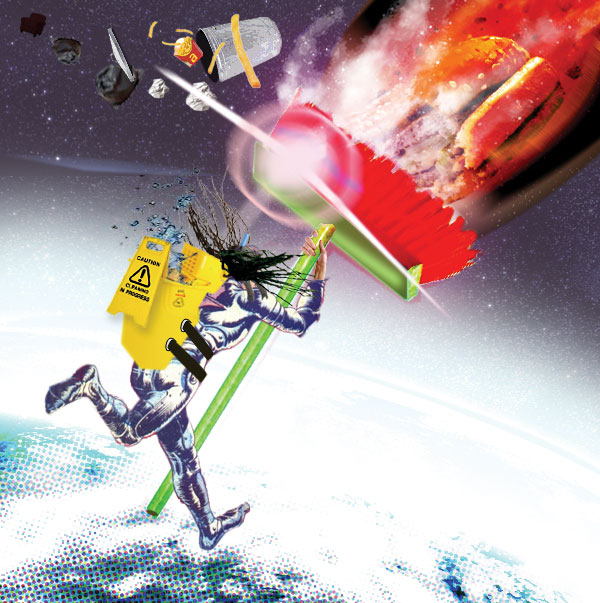Feature Interview: Dr. Moriba Jah
Dr. Moriba Jah, Space Garbage Man


Robert Maestas
Latest Article|September 3, 2020|Free
::Making Grown Men Cry Since 1992


Robert Maestas
